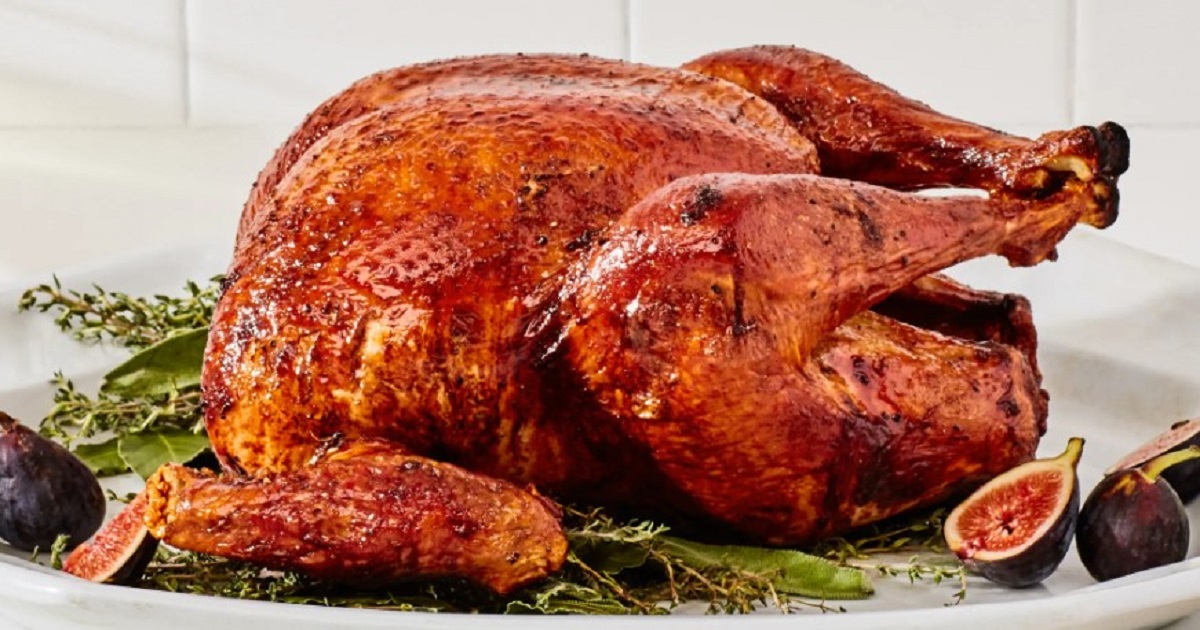Why Water is a Big No-No in Your Turkey Roasting Pan

source: epic curious
The countdown to Thanksgiving is on, and the pressure is mounting. Preparing a feast for your loved ones is no small feat, especially when you’re flying solo without the guiding hand of mom. Turkey, stuffing, bake times—there’s a whirlwind of questions, and one that’s been haunting me is whether or not to add water to the turkey roasting pan. Intrigued, I delved into the world of culinary wisdom to find the truth.
1. Spotty Browning and Deceptive Appearances
One of the foremost reasons not to add water to your turkey roasting pan is the visual deception it can cause. Imagine this: a beautifully set table, guests eagerly awaiting the pièce de résistance, and you unveil the turkey, only to be greeted by spotty, uneven browning that makes it look underdone. Despite the meat being fully cooked, this optical illusion can lead to unnecessary stress and doubt in your culinary prowess.
2. Say Goodbye to Handheld Drumsticks
Picture the iconic Thanksgiving moment: a plate piled high with succulent turkey, and in your hands, the cherished handheld drumsticks. Adding water to your roasting pan may shatter this dream. The meat can separate from the bones, robbing you of the joy of indulging in those emblematic drumsticks. Without this experience, the Thanksgiving ritual loses a bit of its traditional charm.
3. Flavors Lost in the Mist of Steam
Cooking a turkey is an art, and every artist knows the importance of the right medium. Adding water to the roasting pan essentially turns your oven into a steamer. This steam-cooking method can rob the meat of its full flavor potential. Instead of the rich, roasted taste we all crave, your turkey may end up with a milder, less distinct flavor profile. Opting for roasting over steaming is the key to unlocking the full potential of your Thanksgiving centerpiece.

4. Lackluster Drippings, Lackluster Gravy
The secret to a sublime turkey gravy lies in the drippings, and here’s where adding water can play the villain. The drippings from a water-added roasting pan tend to be less concentrated and flavorful compared to their non-water counterparts. As a result, your turkey gravy might end up tasting lackluster, failing to elevate your Thanksgiving meal to the next level. A flavorful, concentrated pan is the key to a gravy that steals the show.
5. The Splatter and Mess Factor
Cooking is delightful; cleaning up, not so much. Adding water to your turkey roasting pan can lead to unwanted spattering and popping during the roasting process. As the turkey fat melts and drips into the water, it creates a sizzling storm that can cause a mess in your oven. Picture the aftermath: a sticky, greasy layer that requires diligent cleaning. Say no to the mess and opt for a hassle-free roasting experience.
So, in the quest for a perfect Thanksgiving turkey, skip the water and embrace the open pan, flat rack method. Elevate your turkey onto a flat rack in a roasting pan, allowing it to be lifted off the bottom. This method not only prevents the pitfalls mentioned earlier but also sets the stage for a golden-brown triumph. The result? A turkey boasting a rich, roasted flavor and flavorful juices that will leave your guests raving.
I want to express my gratitude to Better Homes & Gardens for shedding light on this crucial aspect of turkey preparation. The journey may be stressful, but armed with the right information, it promises to be a flavorful and fulfilling one. Here’s to a Thanksgiving feast that leaves everyone asking for seconds!